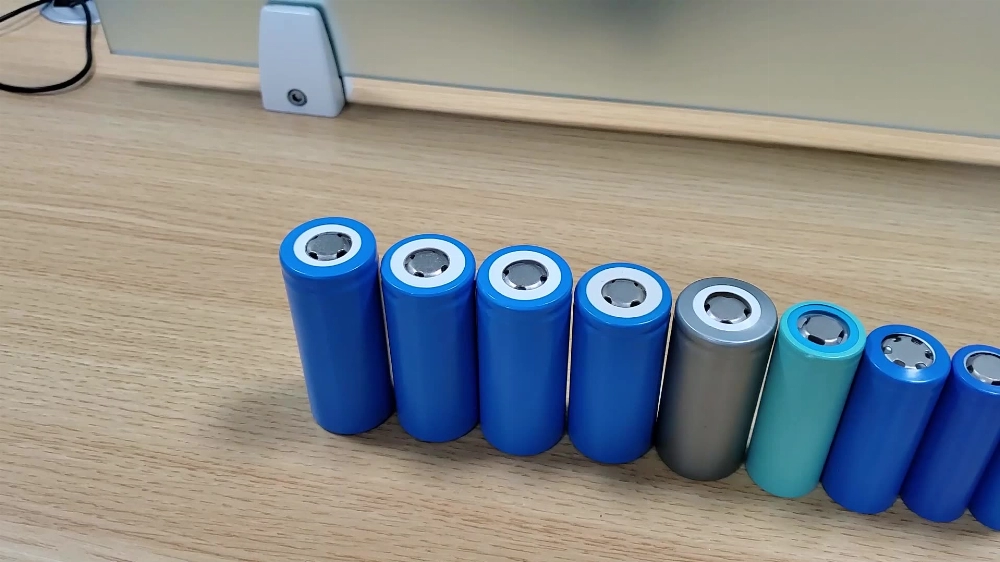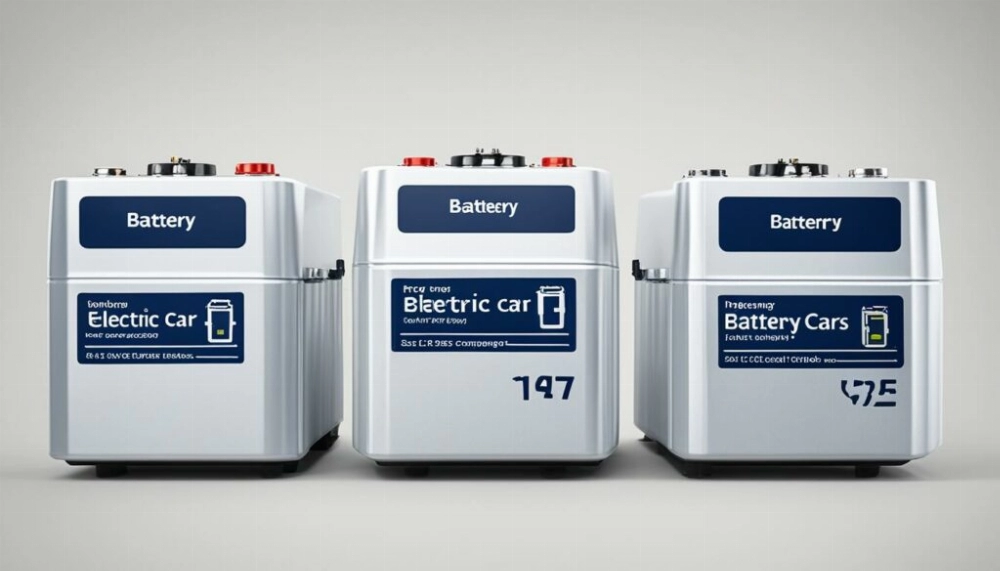A battery is a device consisting of multiple electrochemical cells. It converts chemical energy into electrical energy and is rechargeable. Batteries are crucial in today’s world, providing power for mobility, convenience, and sustainability. Therefore, battery weight is a key factor influencing battery efficiency and overall performance. Furthermore, the weight of the battery directly affects usability, portability, cost-effectiveness, and safety characteristics. Furthermore, battery power is essential for various systems and devices, including laptops, smartphones, and electric vehicles (EVs).
Factors Influencing Battery Weight
The following outlines several factors that influence battery weight:
1. Battery Design
Key metrics in battery design include energy density and weight. The overall design, including the arrangement of battery cells, covering materials, and structural components, significantly impacts its weight. Generally, heavier batteries store more energy, offering greater power to the end user. Modern innovations enable the production of customizable, lightweight batteries, which enhance overall efficiency and usability.
2. Battery Capacity
Battery capacity is the total electrical charge generated by electrochemical reactions within a battery cell, measured in ampere-hours (Ah). Generally, heavier batteries offer higher capacity, while smaller batteries have lower capacity. Technological advancements have enabled the development of high-capacity batteries with enhanced energy density. This allows for increased capacity without adding extra weight, thus improving overall battery efficiency. For example, car batteries typically weigh between 13.6 and 22.7 kilograms (30 to 50 pounds), with the specific weight varying depending on the vehicle type.
3. Battery Materials
The materials used in battery construction play a crucial role in determining battery weight. The use of lightweight materials enables manufacturers to achieve higher energy density without compromising safety. Currently, materials such as aluminum alloys, carbon fiber composites, and specialized polymers help reduce battery weight while maintaining strength, durability, and safety.
4. Battery Performance
Several factors, including power-to-weight ratio, deep cycle battery weight, energy density, and efficiency, influence battery performance. Reducing battery weight or increasing its sustainable power output improves the power-to-weight ratio. This allows for the manufacturing of lighter, longer-lasting batteries and improves energy efficiency.
5. Battery Chemistry
Battery chemistry affects voltage and performance characteristics. The materials used in battery production determine their power conversion methods, maintenance needs, and disposal requirements. Different battery types exhibit unique properties. For example, lithium-ion batteries have high energy density and are lightweight, while lead-acid batteries have lower energy density and are significantly heavier. For a comprehensive comparison between these battery types, please refer to our article on AGM vs. Lithium-Ion Batteries. (Please note: the linked article is in English)
6. Battery Safety
Battery safety depends on factors such as type, quality, design, capacity, and safety performance. Manufacturers face the challenge of balancing weight reduction with battery safety and environmental impact. Ensuring high quality, reliability, and long-term effectiveness while minimizing weight is crucial. Under no circumstances should reducing battery weight come at the expense of safety and environmental sustainability.
7. Battery’s Environmental Impact
The environmental impact of battery weight is a critical consideration in modern battery development. Using environmentally friendly materials and designing lightweight batteries can minimize environmental impact. Optimizing battery efficiency and proper disposal methods further contribute to environmentally friendly progress.
Part 1: Battery Weight and Environmental Impact
Battery weight plays a crucial role in environmental sustainability. According to data from the Swedish Environmental Research Institute, producing a 30 kWh battery results in approximately 5 tons of carbon dioxide (CO2) emissions. Increased battery weight leads to higher energy consumption during production, thus enlarging its environmental footprint. This, in turn, leads to increased CO2 emissions from fuel combustion during production and transportation. Furthermore, heavier batteries are more costly to recycle compared to lighter alternatives, making weight a critical factor in battery sustainability.
Part 2: Battery Weight Chart: Different Types and Their Weights
Battery weights vary considerably depending on their composition and intended applications. Here is a comparison of typical battery weights and their common uses in various industries:
| Battery Type | Weight Class | Weight (Per Unit) | Description |
|---|---|---|---|
| Lead-Acid Battery | Heavy | 30-40 kg (66-88 lbs) | Lead-acid batteries, one of the oldest rechargeable types, are known for their affordability and ability to deliver high surge currents. However, they are heavy and have low energy density, making them less suitable for portable devices. |
| Lithium-Ion Battery | Light | 0.2-0.3 kg (0.44-0.66 lbs) | Lithium-ion batteries offer high energy density and are lightweight, making them ideal for portable electronics and electric vehicles. However, they are more expensive and require careful handling. |
| Nickel-Cadmium Battery | Medium Weight | 0.5-1.5 kg (1.1-3.3 lbs) | Nickel-cadmium batteries are resistant to extreme temperatures, but suffer from the memory effect and contain toxic cadmium, which poses an environmental threat. |
| Nickel-Metal Hydride Battery | Medium Weight | 0.3-0.6 kg (0.66-1.32 lbs) | Nickel-metal hydride batteries are used in portable electronics and hybrid vehicles, and while more environmentally friendly, they have a lower energy density than lithium-ion batteries. |
Part 3: Battery Weight in Different Applications
Battery weight requirements vary across different industries.
- Consumer Electronics: Lightweight batteries are preferred for portability, commonly used in smartphones, laptops, and smartwatches.
- Automotive and Industrial Sectors: Lightweight batteries improve efficiency and promote environmental sustainability in these sectors. They are widely used in electric vehicles, telecommunications equipment, and oil drilling operations.
- Advanced Energy Storage Technologies: Innovations in energy storage are leading to the development of lightweight batteries without compromising performance, design, or capacity.
Part 4: Choose KHZH for the Right Battery Weight
KHZH offers a comprehensive range of battery solutions, from compact, lightweight options to high-capacity, heavy-duty batteries. Our batteries are designed for long-lasting performance and reliability. Whatever your application needs, KHZH can provide the right battery solution.
If you are looking for lightweight or heavy-duty batteries, KHZH can meet your needs. Contact KHZH to determine the most suitable battery weight and capacity for your specific application.
Part 5: Conclusion
Battery weight is a critical factor affecting efficiency and sustainability. While both heavy and light batteries have their advantages, choosing the right type depends on the specific application. Selecting the optimal battery weight enables industries to achieve improved performance, efficiency, and environmental sustainability.
Devices like smartphones, tablets, and laptops require lightweight and portable chargers. On the other hand, heavy-duty batteries, for example, are crucial for mechanical equipment requiring higher power and structural durability in various applications.









